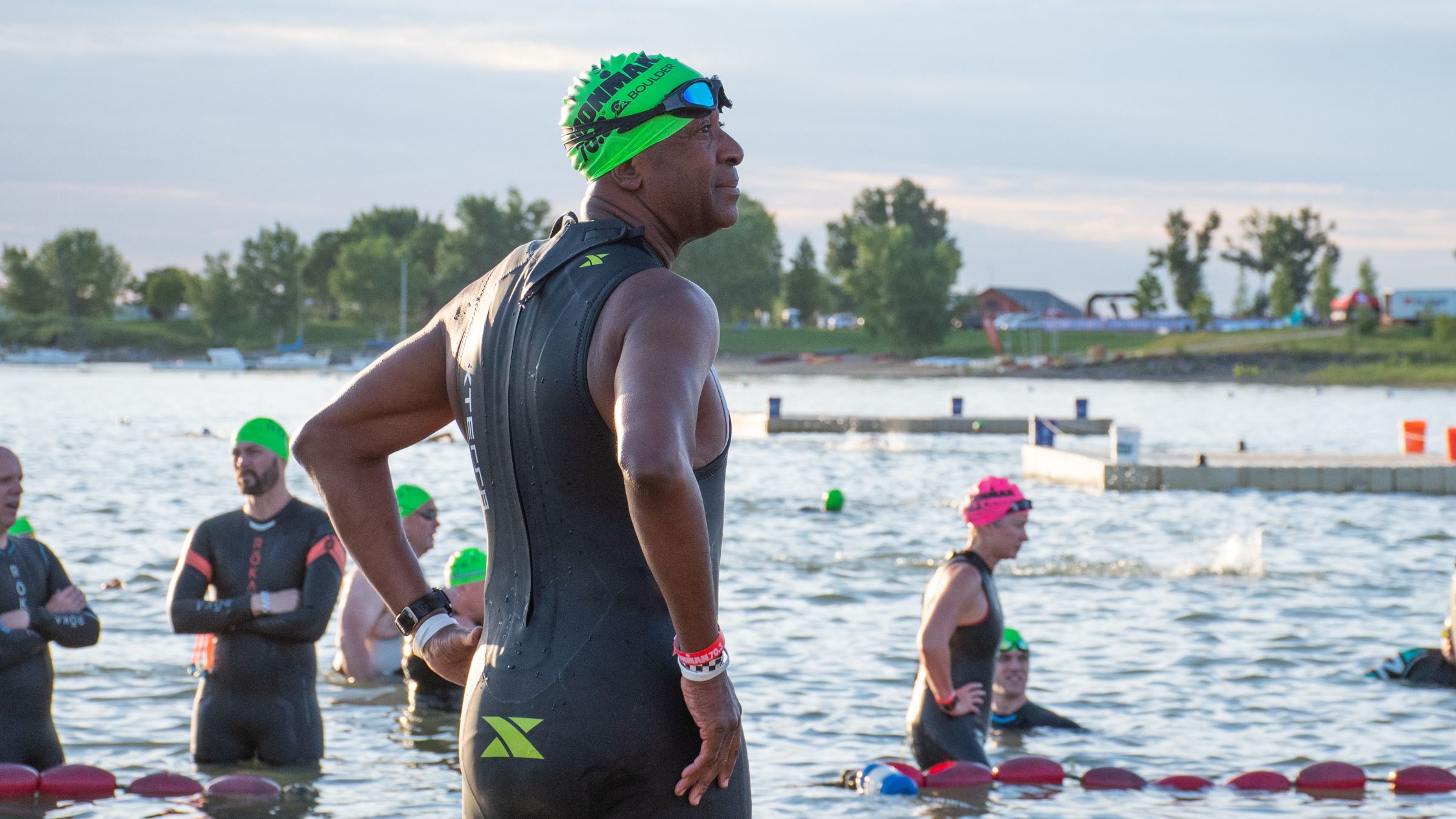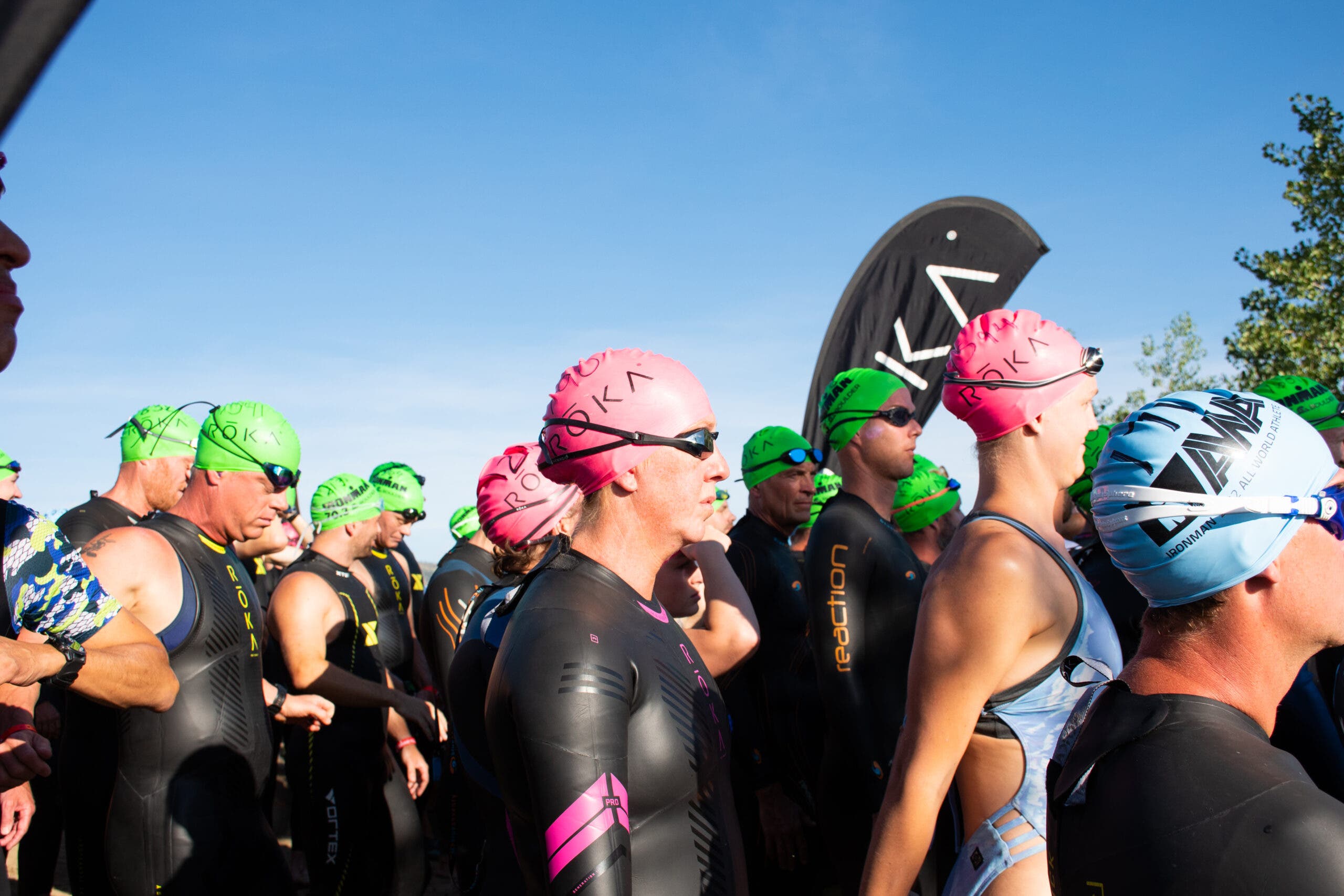6 Essential Habits for Triathletes Over 50

(Photo: Hannah DeWitt/Triathlete)
It’s inevitable: our bodies become less forgiving as we age. So if you want to participate in triathlon – or any endurance sport – for decades to come, it’s best to start laying the groundwork and developing good habits for the future. To that end, here are six training tips to set you up for success in your 50s and beyond:
1. Include strength training in your weekly routine
Maintaining muscle, let alone building it, becomes more challenging with each decade. Incorporating strength training builds a good foundation of muscular strength to support future training. Side benefit: strength training is also beneficial for injury prevention, which addresses another challenge of aging. For more resources, including workouts, check out Strength Training for Triathletes.
RELATED: Ask a Trainer: What’s the Best Strength Workout for Triathletes Over 50?
2. Make mobility a priority
In addition to strength, flexibility decreases with age which negatively affects swim, bike, and run form. Incorporating regular mobility work, particularly for hips, back, and shoulders, can help to maintain flexibility and therefore range of motion into the coming decades. This in turn will help both to maintain good form, efficiency, and speed across swim, bike, and run and also to limit those injuries that result from compensating for poor form. To get started with mobility workouts, try coach Matt Pendola’s Multisport Mobility Bootcamp series.
3. Learn how to fuel your body (the right way)
If you think of the body as an engine that needs fuel to run, then an older body is an engine that needs better fuel to continue to run well. Transitioning now to a high-quality fueling strategy – one that emphasizes protein intake for muscle building and recovery and intentionally uses carbohydrates to support workouts – will create strong fueling habits that will support your body for decades to come. Hydration is critically important as well, and our hydration needs change as we age, so adjust accordingly.
RELATED: Triathlete’s Complete Guide to Nutrition and Fueling

4. Go hard on hard days
As we age, fast-twitch muscle fibers become harder to build and maintain. In addition to strength training, high-intensity interval training – particularly for biking and running – helps to hold onto those power-based muscle fibers. To provide that benefit, though, the intervals must be properly executed: you need to go hard during the intervals and then easy on the recoveries. If done correctly, the easy will be necessitated in order to maintain that hard effort level for the intervals. Perfecting this execution sets you up to reap the rewards of these workouts both now and also in the future.
RELATED: Dear Coach: Why Are HIIT Workouts Important for Older Athletes?
5. Go (really) easy on easy days
Every body benefits from lower-intensity training days, but especially the older body as it requires more recovery after higher-intensity days. Learning to train in your endurance zone – hard enough to break a sweat, but easy enough to carry on a conversation – provides active recovery, allowing the body to repair while continuing to train. Developing the skill of going easy on easy days provides quality aerobic training and allows the body to rebound from the prior hard day in order to prepare for the next one. For more on this, read Why Triathletes Should Train in Zone 2.
6. Recover right
The aging body’s need for increased recovery makes itself known, whether you like it or not. Learning how to incorporate both active and passive recovery into your weekly routines now will serve you well as that need for recovery increases. Understanding how to take time off – a day each week or at least on occasion, a week or even more after key races or at the end of a season – provides passive recovery, both physically and mentally. Finding active recovery modalities that work well for you, such as foam rolling, massage, or even an easy swim session, is also beneficial. Finally, prioritizing post-workout recovery fueling for intense or long sessions as well as creating and prioritizing good sleep habits will additionally support your recovery efforts.
RELATED: How Do I Know If My Recovery Sucks?
Training, racing, and – most importantly – thriving through your 50s and beyond is far from a lofty goal. Just look at the 50+ age groups at your next race and you’ll realize how many athletes are successfully doing just that. But it doesn’t always come easily, so you’ll benefit from laying the foundation for that success today.
RELATED: Most People Get Slower with Age. But Is That Inevitable?
Alison Freeman is a co-founder of and triathlon coach with NYX Endurance in Boulder, Colorado. She works with a wide range of age-group athletes, but athletes new to long-course triathlon are her favorites because there is no such thing as too many questions.